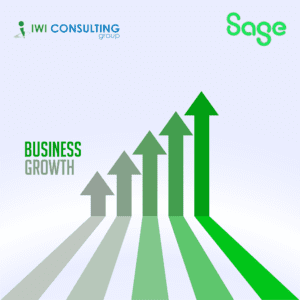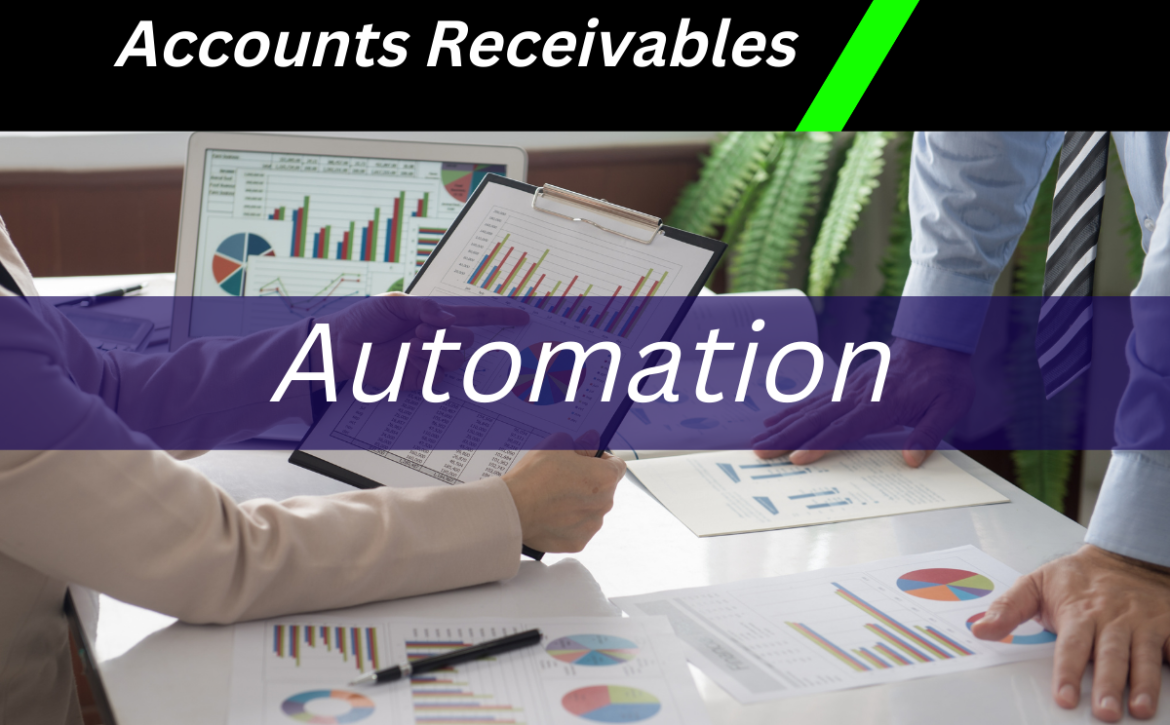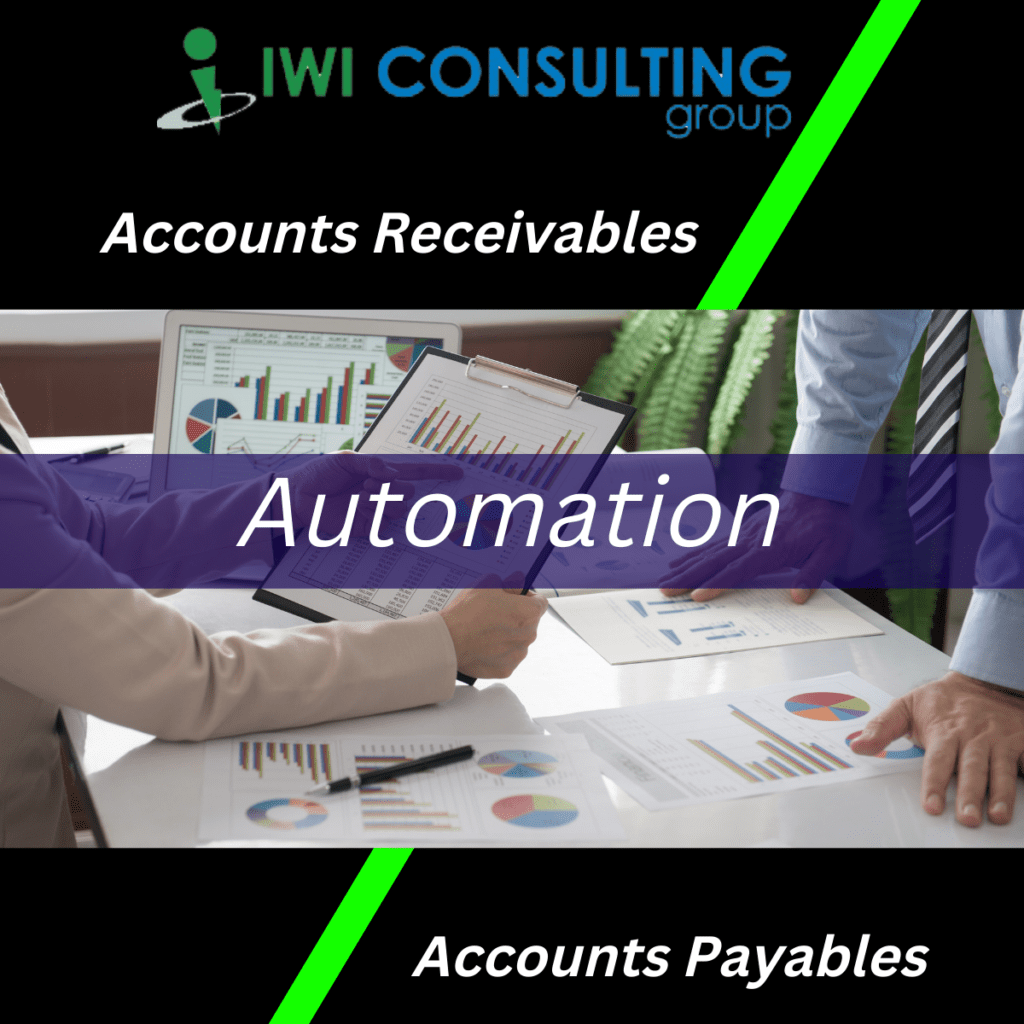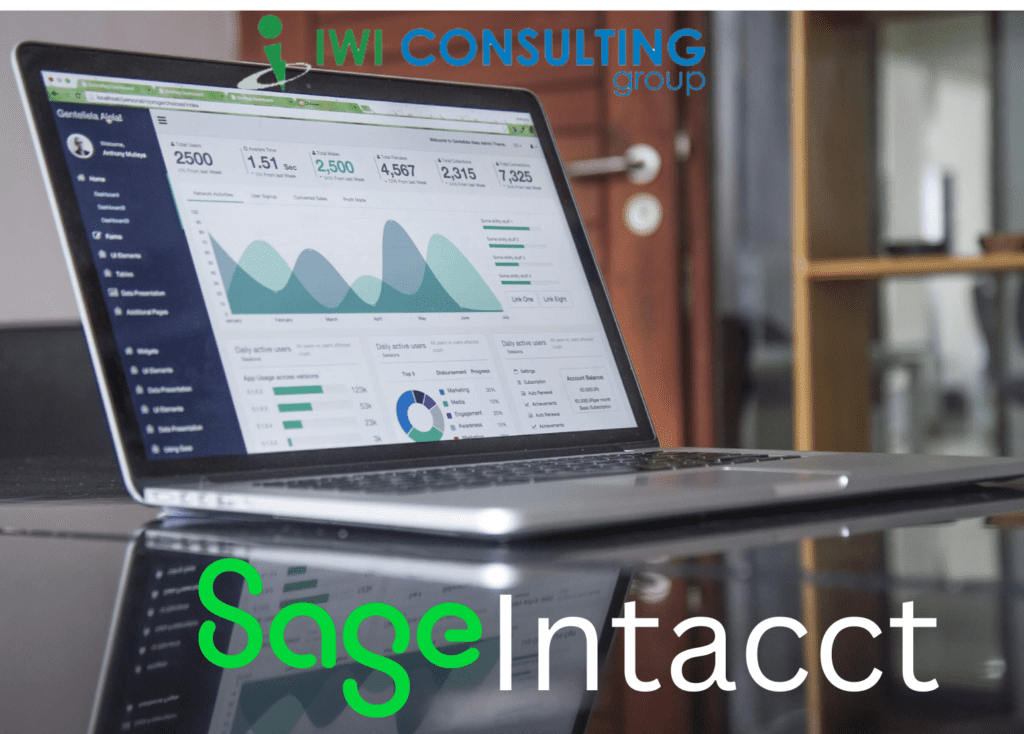Sage Intacct: 8 Automation to boost Financial Management
Sage Intacct is financial software developed to assist your organization boost sales and, as a consequence, increase business success. But the path to increased consumer purchasing isn’t always straightforward.
This is especially true as data volume and variety ramp up — businesses now have access to a massive amount of information about customer engagement, purchasing, and satisfaction. This leads to increased complexity of both front-end and back-end processes.


On the front end, tools designed to help capture and manage customer data aren’t hard to find, and they’re easy for C-suites to support since they offer a clear link to sales success. On the back end, however, teams tasked with streamlining financial management processes may find themselves struggling to manage the ebb and flow of information.
Automated financial management from Sage Intacct can help. Here’s how.
The Problem(s) with Manual Processes
Manual financial management processes remain commonplace, largely because they’re well-established in business processes, familiar to users, and challenging to change. According to recent survey data, for example, 43% of accounts payable (AP) processes are still manual or paper-based.
While the oft-heard mantra “if it’s not broken, don’t fix it” may seem to apply in this case, these manual processes often come with underlying problems that make them challenging to manage at scale. Some of the biggest challenges with manual processes include:
Data Entry Errors
Higher volumes of more complex data naturally lead to human input errors, and even small inconsistencies in financial reporting can create sales challenges for companies. Consider a business that relies on e-Commerce sales to drive ROI. If mistakes are made when staff enter sales data manually, any inferences drawn from this data — such as purchasing trends that inform inventory levels — may be wildly inaccurate.
Redundant Processes
Because manual processes exist outside digital environments, it’s easy for staff members to unknowingly complete the same task twice, three times, or more. These redundant processes not only increase the risk of errors but also waste time. On average, finance teams using manual methods spend 53% of their time per week on these processes.
Increased Costs
Manual operations can also lead to increased costs. For example, if redundant data entry leads to errors, companies have to spend time and money tracking down the origin of the error and addressing the source.
Streamlining Financial Processes — and Driving More Sales — with Sage Intacct
The Sage Intacct financial management platform makes it possible for companies to handle multi-fund consolidation across hundreds of entities in real-time and empowers easy growth with simple, powerful reporting tools and dashboards that don’t require additional IT support.
When it comes to sales, meanwhile, implementing Sage Intacct offers multiple benefits.
Increased Visibility
The more companies know about what’s happening across their financial environment, the better. Manual processes are naturally obtuse since information must be actively shared by teams or sought out by individuals. In a cloud-based financial framework, meanwhile, data is visible to all authorized users, allowing companies to create more cohesive sales strategies.
Enhanced Predictability
Better access to more reliable data can help inform sales predictability. For example, if historical data shows strong sales for a specific item but seasonal information demonstrates a sharp drop-off, it may suggest a shift in consumer sentiment. This additional information adds context to existing data, in turn helping companies better predict new trends.
Improved Decision-Making
Solid sales strategies depend on making the right decisions. From choosing to spend more on marketing a specific product line to sales campaigns that target a specific audience or focus on a certain season, more information about spend, cash flow, and available budgets help C-suites create high-level strategies and let teams make the case for best-fit budgets
From Manual to Manageable: The Case for Automation
Manual financial processes pose a serious problem for organizations. While on the surface they may seem relatively innocuous given their substantive integration with existing services, they create challenges over time as companies look to adopt new technologies and improve ROI.
By leveraging platforms such as Sage Intacct, companies can boost process efficiencies by 10x (or more) to help reduce errors, eliminate redundancies, and streamline operations, in turn setting the stage for more effective sales data collection, forecasting, and customer conversions.
Make your move to cloud financial management with Sage Intacct. Ready to get started? See how IWI Group can help. Let’s talk.



















